Top Photo: Wind-borne seed dispersal groundsel tree.
In my last post I mentioned at least one method in which plants manage to get from one place to another.
“Perhaps a bird visiting the garden where the original plant was, or is still growing, ate one or several of the fruit. Passing by the Museum, the bird landed in one of the locust trees, depositing seeds in its droppings beneath the tree. The vine sprang up where the seed-laced droppings fell.”
Indeed, I witnessed part of this same process this past weekend as eastern bluebirds, yellow-rumped warblers, American robins and other birds devoured fruit on the many red cedar (Juniperus virginiana) trees we have growing here at the Museum.
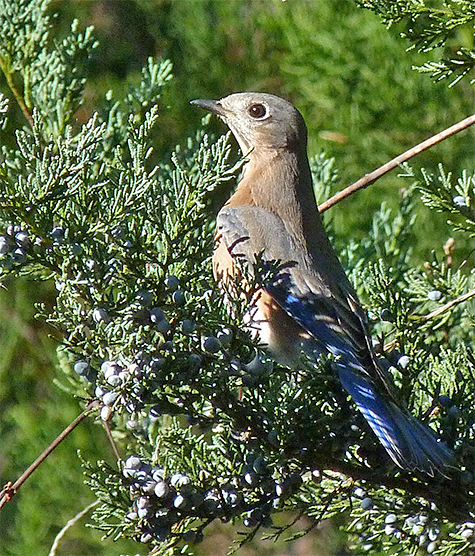
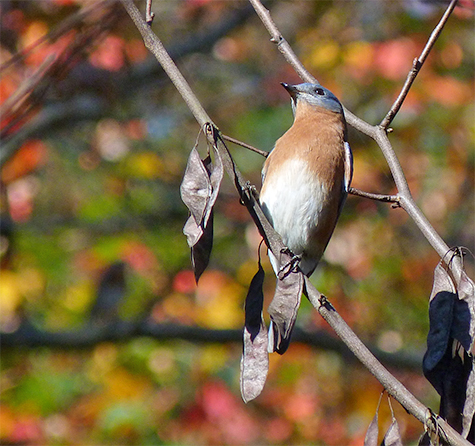
Have you ever driven by a pasture or farm field with a single, large tree growing in its center? You may have noticed one or several smaller cedar trees growing beneath that lone majestic oak. You may also have noticed cedar trees growing along the fence which enclosed that pasture or field.
Farmers, or whoever owned the field, didn’t plant those cedars, birds did. Having fed on cedar berries, birds like the bluebirds above, or mockingbirds, or thrashers, or robins, landed in the tree, or on the fence rail or posts, deposited their droppings and went on their way. The fertile seeds that may have been in their droppings sprouted and became trees. That’s why abandoned farm fields often have cedar trees growing up through their disused fences.
The list of fruiting trees and shrubs which can and do spread through the action of birds is a long one, here are several native species that reside here at the Museum.
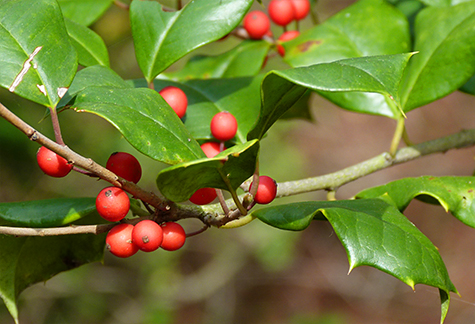

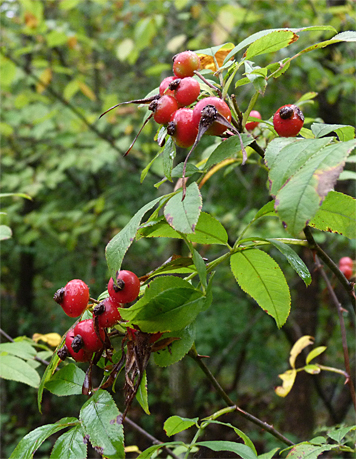
Another method of seed dispersal which has the potential of spreading seeds across the landscape in huge numbers is wind driven. Cottonwood, willow, and groundsel tree, three species which grow here at the Museum, are good examples.
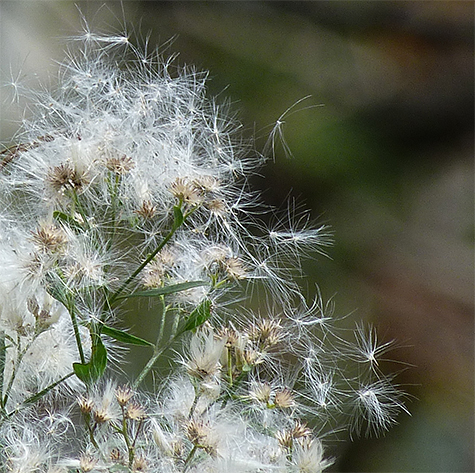
Even the most gentle puff of wind can carry groundsel tree seeds a great distance from the parent tree.
Nature, isn’t it wonderful!